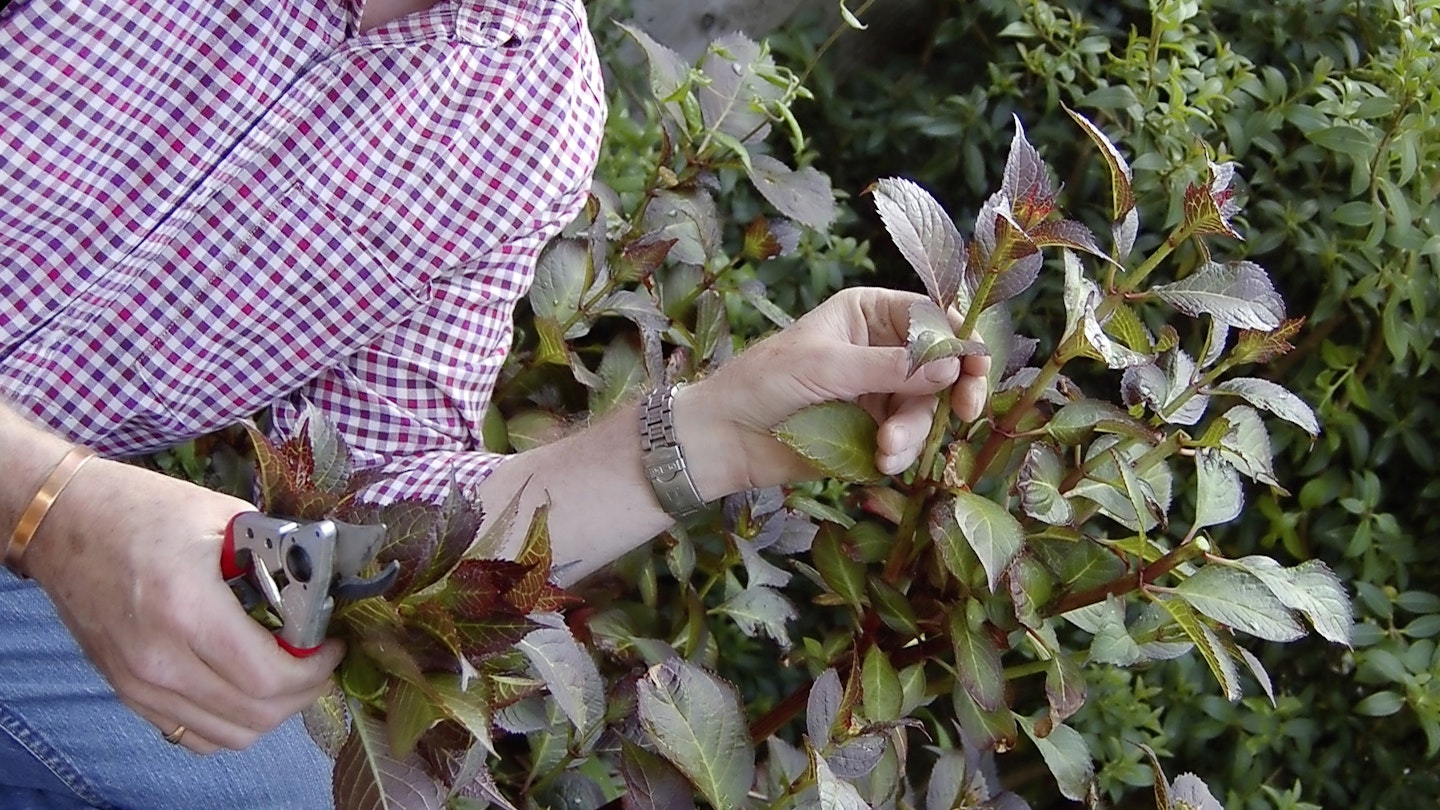Hydrangeas make great garden shrubs and there are many different varieties available with a wide range of flower shapes and colours to add interest to the garden.
One type that’s always been very popular is Hydrangea macrophylla, which includes the lacecaps and large mophead varieties. These flower from mid-summer onwards in shades of pink, blue and white and make a stunning display.
They are easy to grow in the garden or large containers and very easy to propagate from cuttings taken at this time of the year. June cuttings root without any artificial heat and once rooted and potted they will make good-sized plants by autumn that will over-winter without any problems.
If you would like a few new plants, either for your garden or to give to friends you’ll need to select a few of the new, non-flowering shoots, that are healthy and well formed.
Once, trimmed and prepared the cuttings can be rooted in pots or trays in a greenhouse where they are kept moist and shaded, or on a cool windowsill that’s gets little or no sun. The secret is always to keep the compost moist and to keep the foliage misted occasionally and cool.
If given a little care and attention, it’s possible for 100% of the cuttings to root in around a month.
Step-by-step guide to taking a hydrangea cutting
-
Select young shoots from the plant and trim to around 7.5cm (3in) long by cutting just below a leaf joint with a knife or secateurs.
-
Remove the lower leaves from the stem and if the top leaves are large, cut them in half to help reduce water loss and wilting.
-
The rooting mix can be made by mixing 50:50 multipurpose compost and perlite or sharp sand. This retains moisture and drains well.
-
Insert the cuttings around a small pot of compost or in cell trays, water and keep them moist and shaded from the sun.
